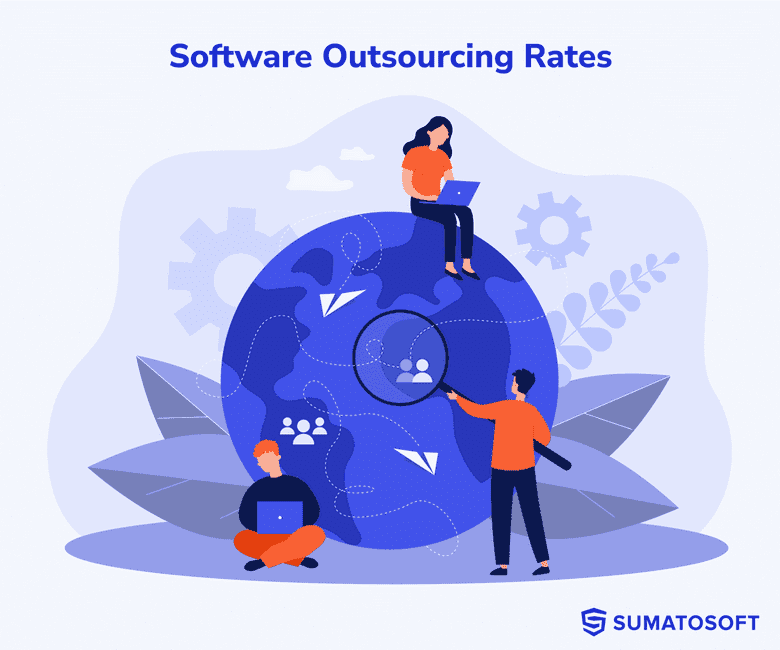Ruby on Rails for Startups: Birds of a Feather


Being in a startup means a lot these days. It’s trendy, modern, and very popular. Startups are everywhere: in media, on TV, and on the Internet. The majority of startups are working in various spheres of the IT environment, so no wonder they tend to use present-day technology and a lot of them are using the Ruby on Rails framework. Sure enough, we won’t say it’s the most popular framework, but it’s in the top 3 definitely.
As of today, there are 663,034 websites using RoR on the entire web.
The Reasons Behind Ruby on Rail’s Popularity
If to answer the question without getting into details, the answer would be “because it’s convenient as could be”. In fact, various startups in many major cities where the startup scene is blooming (New York, Chicago, or San-Fransisco) can prove that statement. And not solely startups. Well-established and famous businesses like Scribd, Github, SlideShare, Crunchbase, Zendesk, and Basecamp use it as well.
So it’s fair to conclude that there won’t be any evidence of the shortage of using Ruby in the near future. What is convenience in our case? The spread of Ruby on Rails among startups is huge mostly for the following reasons:
- it allows rapid development within budget;
- it has a strong ecosystem;
- and it’s highly compatible with it;
- finally, it is an identifier of startup culture
But if to keep the long story short, Ruby on Rails is a popular choice for startups mainly because it speeds up their time to market.
The main reason startups choose Ruby on Rails is because it helps them get to market faster.
After all, it’s just in the core of startups. They need to be the first among competitors and they need to iterate (“iteration” – a general process through which a startup goes from the initial version of the product to fully-featured and polished) fast. Everything else is important but secondary. All the technical problems can be solved. In case you need it, you can even migrate parts of your app to a different stack. But you can’t wait for too long to present your product to the market.
It’s just the right tool to develop an MVP. When a young company – a startup in most cases – is going to release an MVP, it’s necessary to complete this task with less effort and enhanced cost-efficiency. Ruby on Rails meets both of these requirements, which makes it a perfect option for companies that just get ready to make their project ideas real. Such companies don’t want to spend their limited budgets and human/time resources on various needs which will inevitably emerge in the long-term development.
If to describe the technical aspect, it’s because Rails is essentially an “everything’s included” full-stack framework that helps a startup focus on building a business and not on building technology infrastructure. Outside of Rails and Django, you’re left to make a lot of decisions to get the same level of functionality before you can start building even an MVP.
Rails is essentially an “everything’s included” full-stack framework that helps a startup focus on building a business and not on building technology infrastructure.
What Rails Offers Right Out of the Gate
What Rails Offers Right Out of the Gate
- Database Schema Management: Rails migrations simplify schema management and are compatible with well-established RDBMS like Postgres and MySQL.
- Intuitive ORM (ActiveRecord): Simplifies CRUD operations, making them easy and intuitive to perform.
- Rich Community Support: An active community that contributes a plethora of open-source libraries, known as gems, that extend functionality in almost any direction you need.
- Productivity-Focused Tools: Offers efficient ways to manage both frontend (through tools like CoffeeScript) and backend elements (routing, controllers, ActiveRecord, etc).
- Comprehensive Documentation: A robust ecosystem replete with detailed documentation to help you at every step.
Instead of just providing learning resources, Ruby on Rails offers a wide range of practical tools. Notable examples include popular cloud platforms like Heroku and Engineyard. Moreover, the Rails ecosystem boasts more than 50,000 gems, or plugins, which you can seamlessly integrate into your application.
A Commitment to Security
Security is a significant priority in the Ruby world. Ruby on Rails comes with many security features baked into the framework and enabled by default. Additionally, there are numerous security plugins that you can easily incorporate into your codebase. Thanks to an active community, these plugins remain up-to-date with the latest security enhancements.
A Designer’s Best Friend
Ruby on Rails is also highly favored among designers, as it integrates smoothly with tools like Compass and Sass. This eliminates the need for specialized onboarding training for designers who are already familiar with these tools. For startups that often engage designers on a consulting basis, Rails ensures that the collaboration process is both quick and efficient.
And surely…
…It is cost-effective.
Money is a serious topic for startupers. So this advantage is highly important. Ruby on Rails is an open-source framework distributed under the MIT license, which means you don’t have to spend money on the framework itself. Gems let to add features without developing them from scratch so it can save plenty of developer time and effort, too. You can find gems for any purpose and download them for free from GitHub, a platform where developers share open-source code.
Let’s start
If you have any questions, email us info@sumatosoft.com



